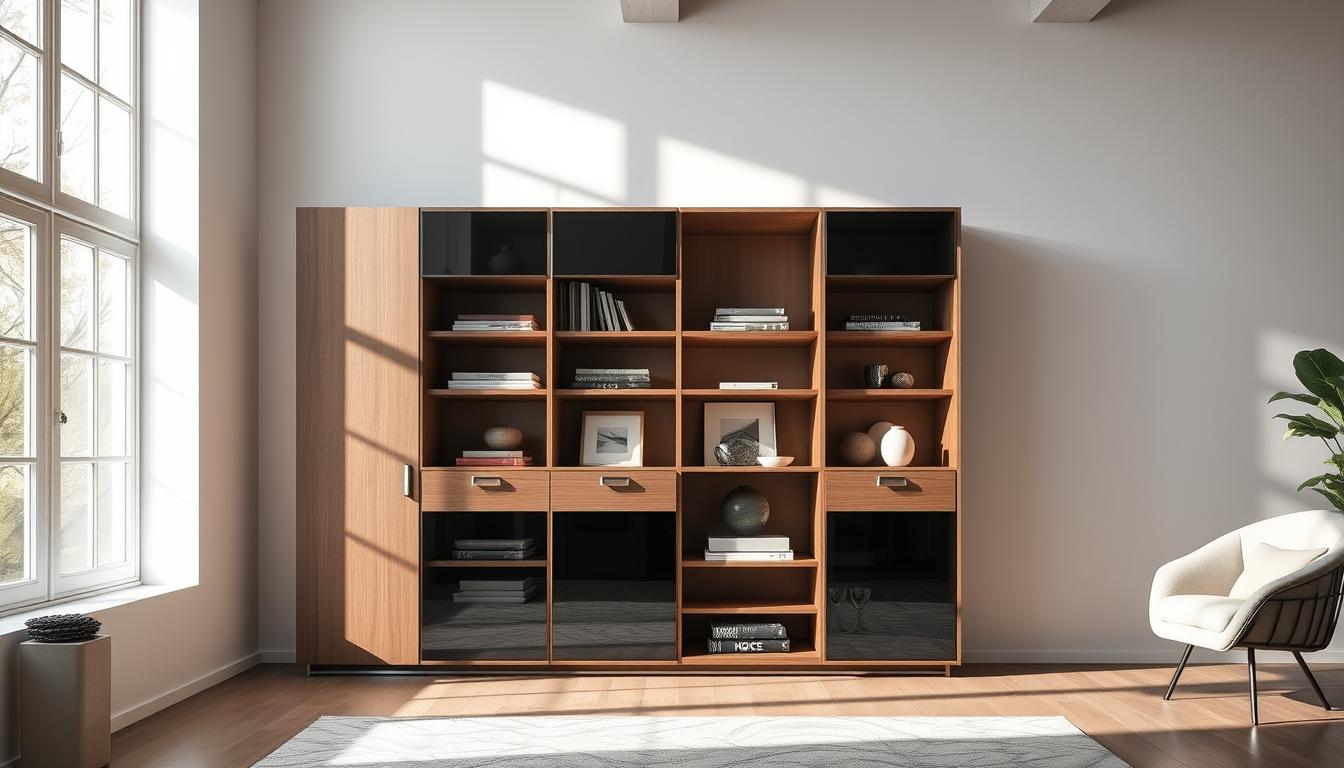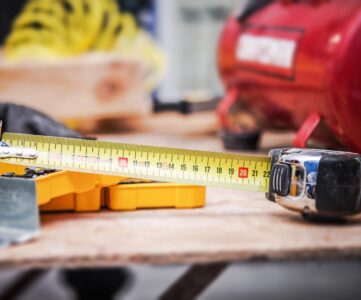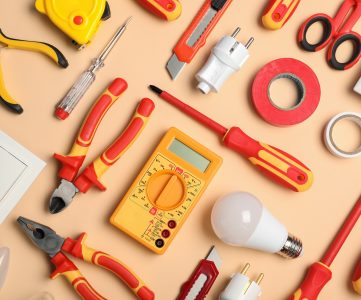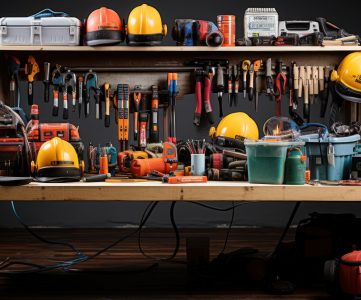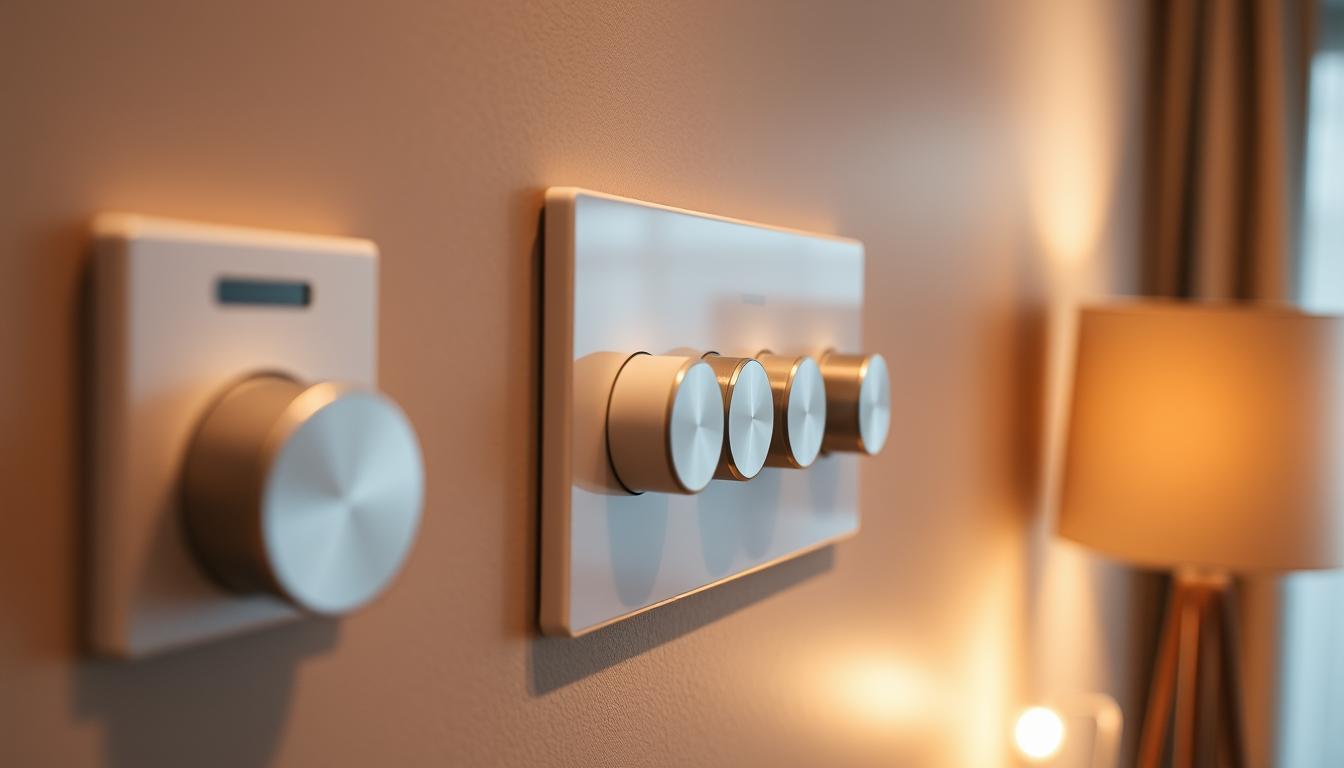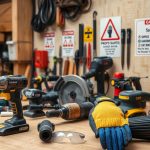Storage cabinets are crucial for maximizing space and organization in both homes and offices. They help manage clutter, making it simpler to locate items when needed. This guide will compare building versus buying storage cabinets, aiding in your decision-making process. Whether for your garage, office, or home, understanding storage cabinets is key.
Topics include assessing space and determining storage needs. We’ll discuss quality cabinet features, the cost of building versus buying, and necessary tools for DIY projects. By the end, you’ll know how to design a storage system tailored to your needs, boosting your productivity.
Introduction to Storage Cabinets
Storage cabinets are vital for any organized area. They offer various styles, materials, and sizes, ensuring a perfect match for your space. Whether opting for custom or pre-made cabinets, they help organize and access your belongings efficiently.
Key Takeaways
- Storage cabinets help maximize space and organization in homes and offices
- Building vs. buying storage cabinets has its benefits and drawbacks
- Assessing available space and determining storage requirements is crucial
- Quality storage cabinets have key features that enhance functionality
- Understanding the cost breakdown of building vs. buying is essential for making an informed decision
- DIY cabinet construction requires essential tools and materials
- Storage cabinets come in a variety of styles, materials, and sizes to fit unique needs
Understanding Your Storage Cabinet Needs
Choosing the right storage cabinet requires a clear understanding of your needs. You must assess the space available, determine the storage needs based on the items, and set a budget. DIY cabinets offer customization, allowing you to tailor the cabinet to your specific needs.
A cabinet comparison helps in making a decision by weighing the pros and cons of different types. Consider the materials, design, and features that best suit your storage needs. For instance, a compact cabinet with adjustable shelves might be ideal for limited spaces.
Key factors to consider when understanding your storage cabinet needs include:
- Available space: Measure the area where the cabinet will be placed to determine the maximum size.
- Storage requirements: Consider the items to be stored and the frequency of access.
- Budget parameters: Set a budget and stick to it to avoid overspending.
By carefully evaluating these factors and considering DIY cabinets and cabinet comparison, you can make an informed decision. This ensures you choose the right storage cabinet for your needs.
Key Features of Quality Storage Cabinets
Choosing the right storage furniture is crucial for enhancing both the look and organization of your space. Quality storage cabinets offer durability, material, design, and functionality. Storage furniture should cater to your specific needs, whether it’s for a home office, garage, or living room.
A well-designed storage cabinet maximizes space for storing items, keeping them organized and out of sight. Look for features such as:
- Durable materials, such as solid wood or metal
- Adjustable shelves and compartments
- Secure locking mechanisms
- Easy-to-clean surfaces
The design of the storage cabinet is also vital. Storage furniture should complement the room’s decor. Opting for a high-quality cabinet can transform your space into a more organized and functional area.
By focusing on these key features and selecting the right storage furniture, you can achieve a more organized and functional space. This will meet your needs and enhance the room’s aesthetic.
| Feature | Importance |
|---|---|
| Durability | High |
| Material | Medium |
| Design | High |
| Functionality | High |
The Complete Cost Breakdown: Building vs. Buying
Choosing between workshop storage and tool cabinets built or bought involves significant cost differences. It’s crucial to weigh all factors before deciding. The total cost includes materials, labor, and installation, which can quickly escalate. Thus, a detailed budget is essential.
For DIY projects, material costs are a major consideration. This includes the expense of wood, metal, or other materials for construction. Ready-made cabinets, on the other hand, vary in price from a few hundred to several thousand dollars. This variation depends on size, material, and brand.
Material Costs for DIY Projects
- Lumber and wood costs
- Hardware and accessory costs
- Paint or finish costs
Ready-Made Cabinet Price Ranges
Pre-made cabinets can range from $500 to $5,000 or more, depending on the brand and quality. For instance, a basic tool cabinet from a hardware store might cost around $200. In contrast, a high-end workshop storage system can exceed $10,000.
Hidden Costs to Consider
Initial costs aside, hidden expenses like labor and installation can add up. These costs are crucial to include in your budget. By considering all costs, you can make an informed choice between building or buying your workshop storage and tool cabinets.
Essential Tools and Materials for DIY Cabinet Construction
Building your own storage cabinets requires the right tools and materials for success. Cabinet organization is vital for maximizing space, and DIY cabinets allow for customization. You’ll need a table saw, drill press, and sander to begin.
A well-organized workshop is essential for efficient cabinet construction. Ensure a dedicated workspace, proper lighting, and a cabinet organization system. This keeps tools and materials easily accessible. Popular materials include plywood, MDF, and solid wood.
- Measuring tape
- Level
- Clamps
- Wood glue
- Nails or screws
- Paint or stain (optional)
With the right tools and materials, you can create a functional, stylish cabinet. It will meet your needs and improve your cabinet organization system.
| Tool/Material | Purpose |
|---|---|
| Table saw | Cutting wood |
| Drill press | Drilling precise holes |
| Sander | Smoothing wood surfaces |
Popular Types of Storage Cabinets for Every Space
Choosing the right storage cabinet can significantly impact your space. Whether it’s your garage, office, or home, various storage solutions exist. They help maximize your space effectively.
Garage Storage Solutions
Garages need durable, versatile storage cabinets that can handle heavy use. Popular choices include:
- Wall-mounted storage cabinets to keep items off the floor
- Mobile storage cabinets for easy access and reconfiguration
- Heavy-duty storage cabinets for storing large or heavy equipment
Office Organization Options
In offices, the right storage cabinets and furniture boost productivity and keep things organized. Popular options include:
- File storage cabinets for easy access to important documents
- Desk storage cabinets for office supplies and equipment
- Shelving units for books, binders, and other reference materials
Home Storage Variants
At home, storage cabinets and furniture keep living areas tidy and organized. Popular options include:
| Storage Type | Description |
|---|---|
| Closet storage cabinets | Maximize closet space with shelves, drawers, and rods |
| Kitchen storage cabinets | Keep kitchen utensils, dishes, and food within easy reach |
| Bathroom storage cabinets | Store toiletries, towels, and other bathroom essentials |
By selecting the appropriate storage cabinet and furniture, you can create a more organized, efficient, and productive space.
Step-by-Step Guide to Building Custom Storage Cabinets
Creating a functional workspace is crucial, and custom storage cabinets play a key role. For DIY enthusiasts, building these cabinets can be a rewarding project. It allows you to tailor storage to your specific needs, such as workshop storage and tool cabinets. Begin by planning and designing the cabinet layout, considering the available space and items to store.
Planning and Design
First, think about the type of storage you need. Make a list of tools and equipment to store. Measure the space for the cabinet. This will help decide on size, material, and design.
Construction Process
After designing, start building. Collect materials like wood, screws, and hinges. Follow a detailed guide to build a sturdy cabinet. For workshop storage, use heavy-duty materials and reinforced shelves.
Finishing Touches
Once built, add finishes like paint or varnish. Install handles and locks, and ensure it’s level and secure. These steps help create a custom cabinet that enhances your workspace.
Key considerations for custom storage cabinets include:
- Using high-quality materials for durability
- Designing for maximum storage space
- Installing adequate lighting for the workspace
By following these steps and focusing on workshop storage and tool cabinets, DIY enthusiasts can craft a custom cabinet. This cabinet will meet your unique needs, providing a functional and efficient workspace.
| Material | Cost | Durability |
|---|---|---|
| Wood | Medium | High |
| Metal | High | Very High |
| Composite | Low | Medium |
What to Look for When Buying Pre-Made Storage Cabinets
When you’re in the market for pre-made storage cabinets, it’s crucial to weigh several factors. A detailed cabinet comparison is key to finding the right fit for your needs. Look for cabinets with customizable cabinet organization features like adjustable shelves and drawers. This will help you maximize your storage space.
Here are some key factors to consider when buying pre-made storage cabinets:
- Size: Measure the available space to ensure the cabinet fits comfortably.
- Material: Choose from a variety of materials, such as wood or metal, to suit your needs and budget.
- Design: Consider the style and finish of the cabinet to ensure it complements your existing decor.
A well-designed cabinet with effective cabinet organization features can greatly impact the functionality of the space. By conducting a thorough cabinet comparison, you can find the perfect pre-made storage cabinet. It will meet your needs and enhance your overall storage experience.
Material Choices and Their Impact on Durability
The material used in storage furniture and cabinets greatly impacts their durability and look. Each material has its own set of characteristics that can affect the storage solution’s performance and lifespan. We will examine the different materials available and their effects on durability.
The durability of storage furniture and cabinets depends on the material. Wood, metal, and composite materials are common choices, each with its own advantages and disadvantages. Wood provides a classic, natural look but is less durable than metal. Metal, known for its strength, is ideal for heavy-duty storage needs.
Wood Options
Wood is a favorite for storage furniture due to its beauty and workability. It can be stained or painted to fit any style. Yet, wood is less durable than metal and more susceptible to moisture and pest damage.
Metal Varieties
Metal is a durable, low-maintenance option for cabinets. It resists moisture, pests, and scratches, making it perfect for heavy-duty storage. Metal cabinets are also easy to clean and can be eco-friendly, made from recycled materials.
Composite Materials
Composite materials, like MDF or plywood, offer a cost-effective, durable alternative to solid wood. They are less likely to warp or shrink and can mimic natural wood’s look. These materials are also eco-friendly, made from recycled materials.
In conclusion, the material choice for storage furniture and cabinets significantly affects their durability and look. By understanding each material’s unique characteristics, individuals can make informed decisions. This ensures they select the best option for their storage needs.
| Material | Durability | Aesthetic Appeal |
|---|---|---|
| Wood | Medium | High |
| Metal | High | Medium |
| Composite Materials | Medium | Medium |
Maximizing Storage Cabinet Functionality
To maximize your storage cabinets, customization is key. Adding shelves, drawers, or other features can enhance their functionality. DIY cabinets offer a great way to tailor storage to your needs. With creativity, you can craft a system that’s both efficient and functional.
In workshops, the type of items stored is crucial. This determines the best storage solution. For instance, large tools or equipment might require adjustable shelves or a pegboard.
- Use vertical space by installing shelves or hooks
- Utilize the back of the door for additional storage
- Consider using a pegboard for hanging tools or accessories
By implementing these strategies, you can optimize your storage. This makes the most of your DIY cabinets and workshop storage solutions.
| Storage Solution | Benefits |
|---|---|
| DIY Cabinets | Customizable, cost-effective, and efficient |
| Workshop Storage | Helps keep the workspace organized, reduces clutter, and improves productivity |
Installation and Maintenance Best Practices
Proper installation and maintenance are key to the longevity and functionality of storage cabinets, including tool cabinets and cabinet organization systems. A well-installed cabinet can serve you for years, while a poorly installed one may suffer damage and performance issues.
To achieve optimal performance, it’s vital to adhere to best practices for installation and maintenance. This involves hiring a professional for complex installations or meticulously following DIY guidelines. Regular upkeep, such as cleaning and inspecting the cabinets, can also prevent damage and extend their life.
- Ensuring the cabinet is level and securely fastened to the wall or floor
- Following the manufacturer’s instructions for assembly and installation
- Regularly cleaning and inspecting the cabinet to prevent damage and wear
By adhering to these best practices, you can ensure your tool cabinets and cabinet organization systems deliver reliable service and peak performance for years.
Conclusion: Making the Right Choice for Your Storage Needs
In this detailed guide, we’ve explored the choice between custom-built storage cabinets and pre-made options. It’s clear that each option requires a thoughtful evaluation of your needs, budget, and available space. By examining material costs, functionality, and installation needs, you can make a well-informed decision.
Whether you choose to build your cabinets or buy pre-made ones, focus on what you need most. Look for a balance between cost, convenience, and durability. This guide has given you the tools to compare and choose the best storage solution for your space.
It’s important to remember that there’s no single solution for everyone. Take the time to consider your preferences and weigh the advantages and disadvantages of each option. By making the right choice, you’ll enhance both the organization and beauty of your space.
